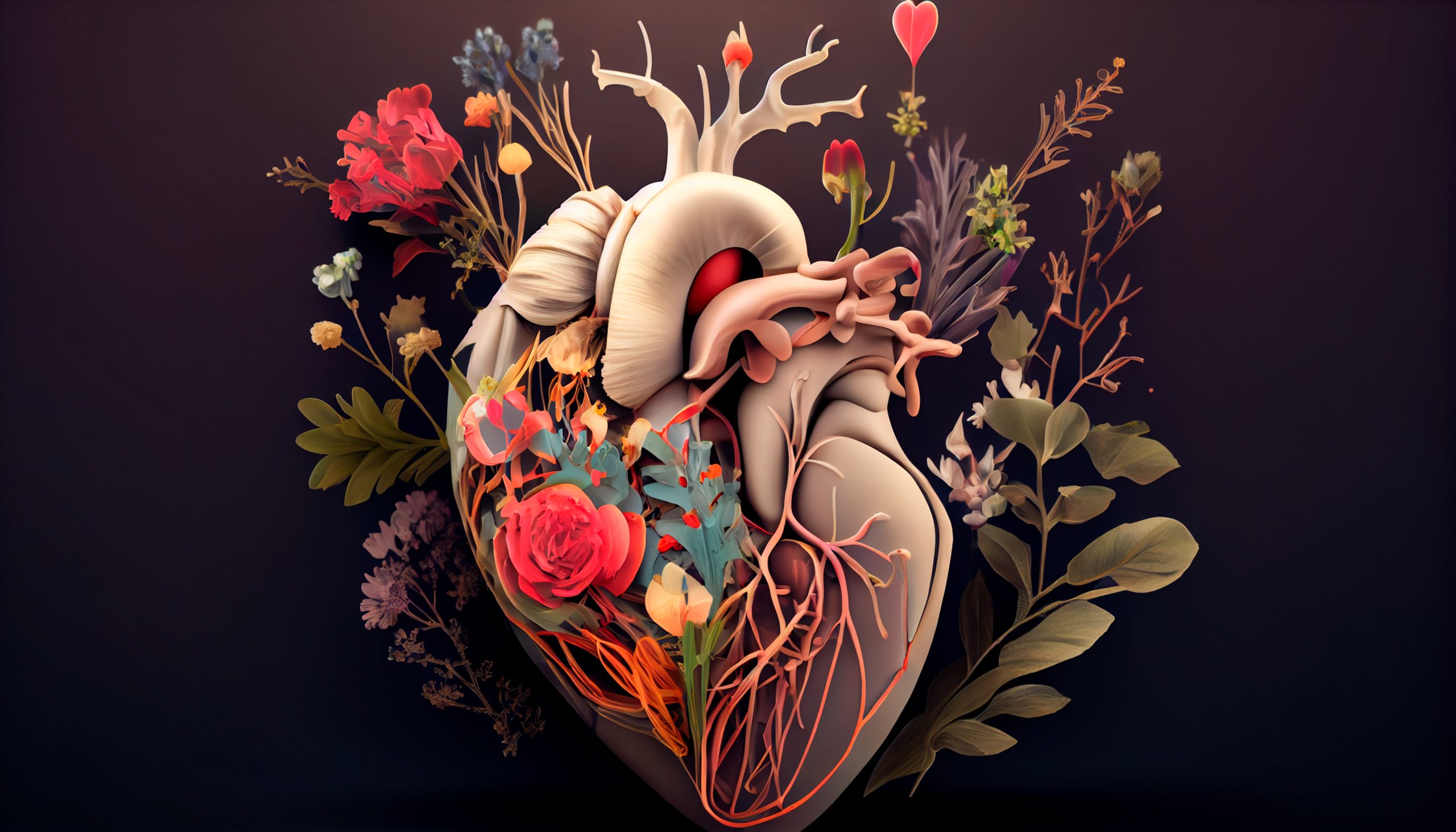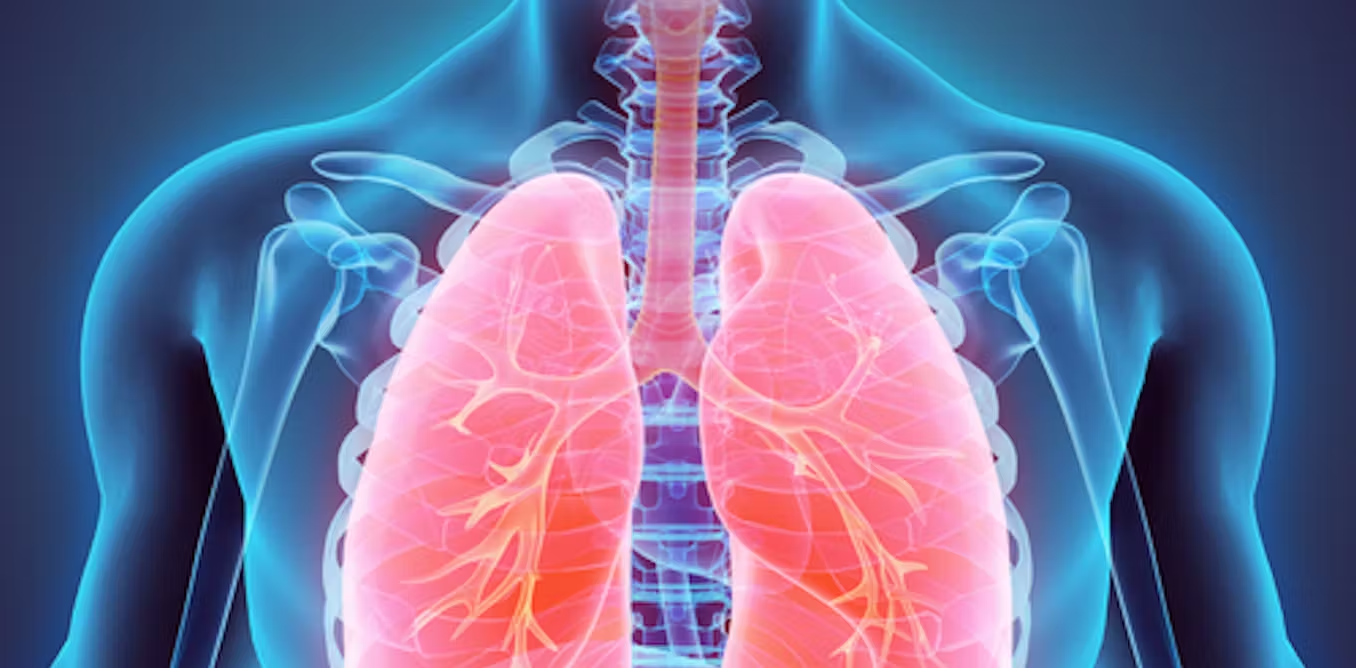innovuscollege.com – The human heart is one of the most vital organs in the body, responsible for pumping blood throughout the circulatory system. This rhythmic powerhouse works tirelessly, ensuring that oxygen, nutrients, and hormones are delivered to cells while also removing waste products. Beyond its crucial function, the heart also possesses some remarkable characteristics that are nothing short of extraordinary. In this article, we’ll explore the anatomy, function, and some fascinating facts about the heart that demonstrate just how incredible this organ truly is.
Anatomy of the Heart
The heart is a muscular organ located in the chest cavity, slightly to the left of the center. It consists of four chambers:
- Right Atrium – Receives deoxygenated blood from the body.
- Right Ventricle – Pumps the deoxygenated blood to the lungs for oxygenation.
- Left Atrium – Receives oxygenated blood from the lungs.
- Left Ventricle – Pumps oxygen-rich blood to the rest of the body.
The heart is divided into two halves, with the right side handling blood circulation to the lungs (pulmonary circulation) and the left side sending oxygenated blood to the entire body (systemic circulation).
The heart is also equipped with a series of valves that ensure blood flows in one direction, preventing any backflow. These valves are the tricuspid valve, pulmonary valve, mitral valve, and aortic valve.
How the Heart Works
The heart operates through an intricate electrical system that coordinates its contractions. The sinoatrial (SA) node, located in the right atrium, serves as the heart’s natural pacemaker. It sends electrical signals that trigger the atria to contract, pushing blood into the ventricles. Then, the atrioventricular (AV) node transmits these signals to the ventricles, causing them to contract and pump blood.
A single heartbeat consists of two phases:
- Systole – The phase when the heart contracts and pumps blood.
- Diastole – The phase when the heart relaxes and fills with blood.
The heart beats about 100,000 times per day, pumping roughly 7,570 liters (2,000 gallons) of blood through the body.
Amazing Facts About the Human Heart
1. The Heart Beats Over 100,000 Times a Day
The average heart rate for a resting adult is between 60 and 100 beats per minute. Over the course of a day, this adds up to more than 100,000 beats. By the time a person reaches 70 years of age, their heart will have beaten approximately 2.5 billion times!
2. The Heart Can Function Independently
Even if disconnected from the body, the heart has the ability to continue beating for a period of time on its own. This is due to the heart’s intrinsic electrical system, which allows it to contract without input from the brain. In fact, a heart removed from the body can keep beating for minutes to hours in a controlled environment. However, without oxygen, it will eventually stop.
3. The Heart Pumps Enough Blood to Circle the Earth
In one day, the heart pumps enough blood to theoretically circle the Earth’s equator—about 40,075 kilometers (24,901 miles). This illustrates just how efficient and capable the human heart is, even with all the work it performs on a daily basis.
4. The Heart’s Power
The heart generates enough force with each contraction to squirt blood up to 30 feet. This is due to the powerful contraction of the left ventricle, which propels oxygenated blood into the aorta, the body’s largest artery.
5. The Heart is Sensitive to Emotion
The heart doesn’t just respond to physical stimuli—it can also react to emotions. During moments of intense emotion like fear, excitement, or love, the heart rate can increase dramatically, a phenomenon sometimes called “heart racing.” This is a result of the body’s stress-response system, which triggers the release of hormones like adrenaline.
6. Size Doesn’t Matter
The size of the heart is surprisingly consistent among humans, regardless of body size. On average, the human heart weighs about 250-350 grams (9-12 ounces) in females and 300-350 grams (10-12 ounces) in males. However, athletes, especially those who engage in endurance training, may have a slightly larger heart due to increased cardiac muscle mass.
7. The Heart and Circulatory System
The heart doesn’t work alone; it’s part of an extensive circulatory network that includes arteries, veins, and capillaries. The human circulatory system is about 96,000 kilometers (60,000 miles) long, which is enough to stretch around the world two and a half times. Blood travels through this vast network, ensuring that every cell in the body gets the oxygen and nutrients it needs.
8. Women’s Hearts Beat Faster Than Men’s
On average, a woman’s heart beats about 8-10 beats per minute faster than a man’s. This is believed to be due to hormonal differences, as estrogen can cause an increase in heart rate. Interestingly, women tend to have smaller hearts than men, so their hearts need to beat faster to pump blood efficiently throughout their smaller body size.
9. The Heart Never Rests
While it may seem like the heart takes breaks during sleep or rest, it’s constantly working. Even when the body is at rest, the heart still pumps blood throughout the body, supplying organs and tissues with the oxygen and nutrients they need to function. During sleep, the heart rate may slow down, but it’s still working, just at a lower intensity.
10. The Heart Can “Grow” New Blood Vessels
The heart has an impressive ability to adapt to changing conditions. When a person exercises regularly or undergoes cardiac rehabilitation after an injury or surgery, the heart can develop new blood vessels in a process called angiogenesis. This helps the heart get more oxygen and nutrients, improving overall function.
The Importance of Heart Health
Given the heart’s central role in sustaining life, it’s essential to keep it in optimal health. Poor lifestyle choices such as an unhealthy diet, lack of exercise, smoking, and chronic stress can lead to cardiovascular diseases, including heart disease and high blood pressure. Regular physical activity, a balanced diet rich in fruits, vegetables, and whole grains, and avoiding tobacco can all contribute to a healthier heart.
Conclusion
The human heart is nothing short of a marvel. It’s a symbol of life itself, working tirelessly day and night to keep the body alive and functioning. With its remarkable ability to adapt, regenerate, and sustain life, the heart continues to awe scientists and doctors alike. By understanding more about this incredible organ and taking steps to care for it, we can ensure that our hearts continue to beat strongly for years to come.





